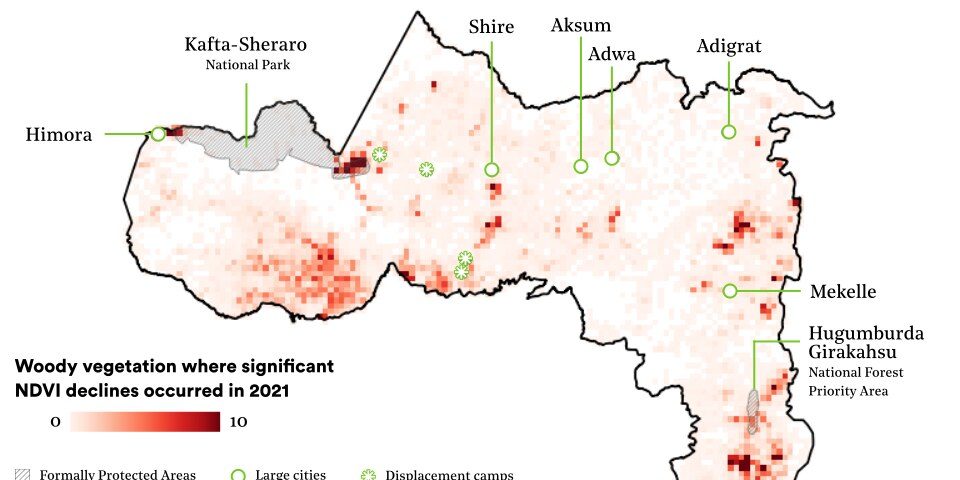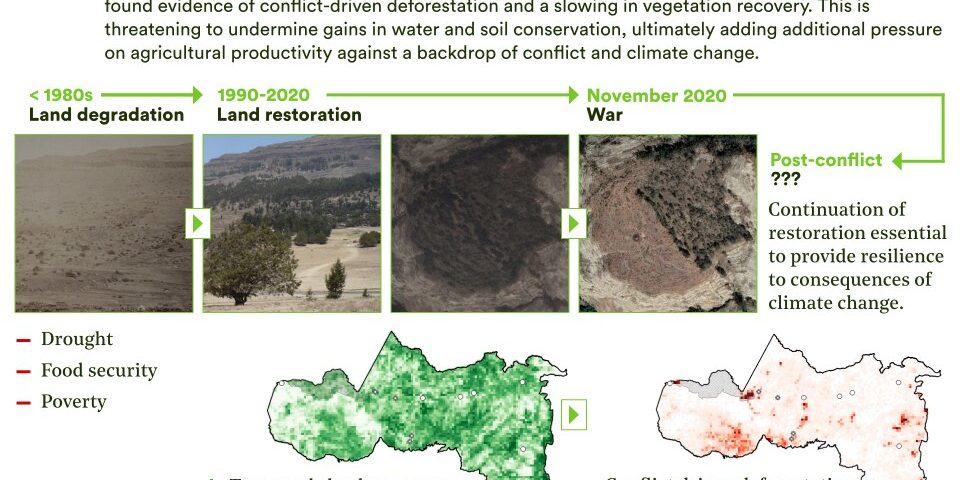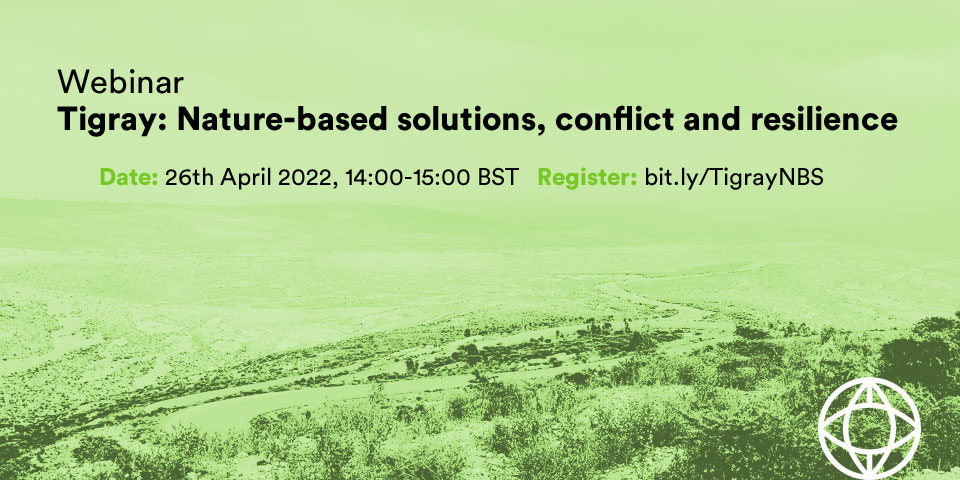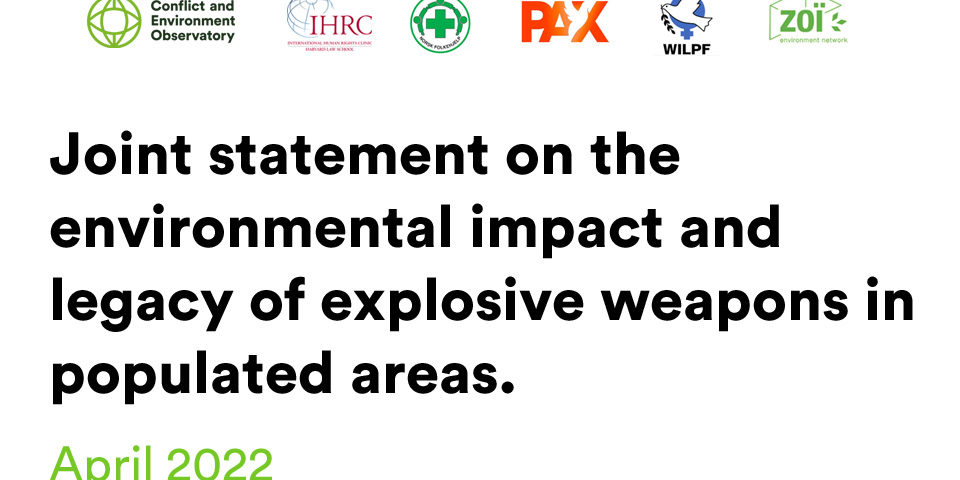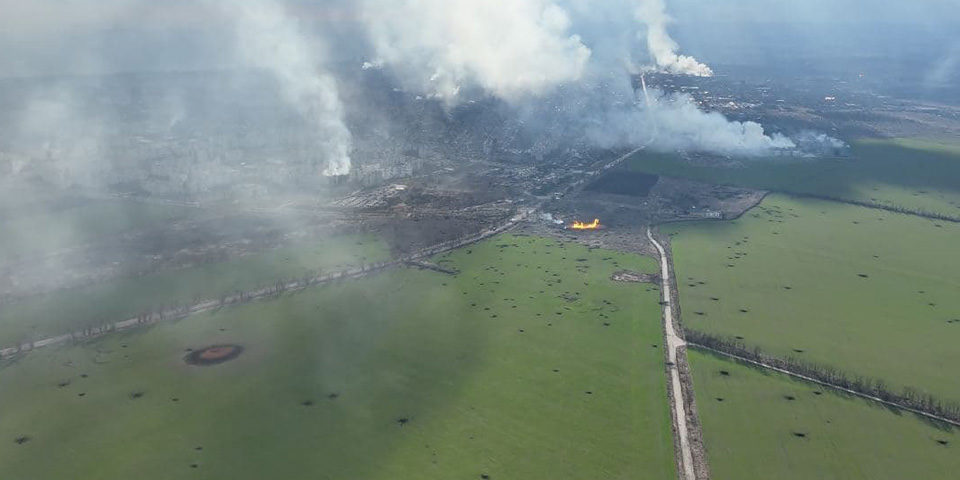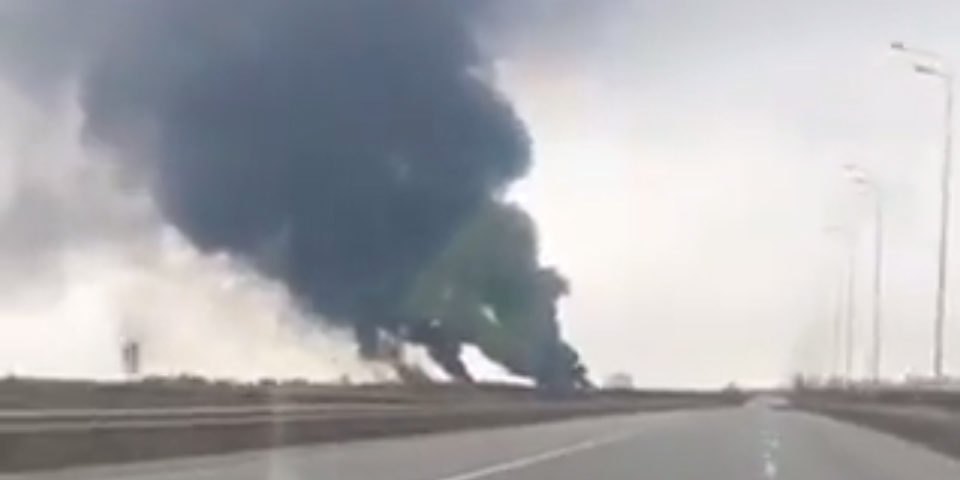How war in Tigray is threatening the success of restoration-based agriculture
Nature-based solutions can help make communities less vulnerable to the climate crisis, this post summarises the findings of our study exploring how Tigray’s has been impacted by war.

